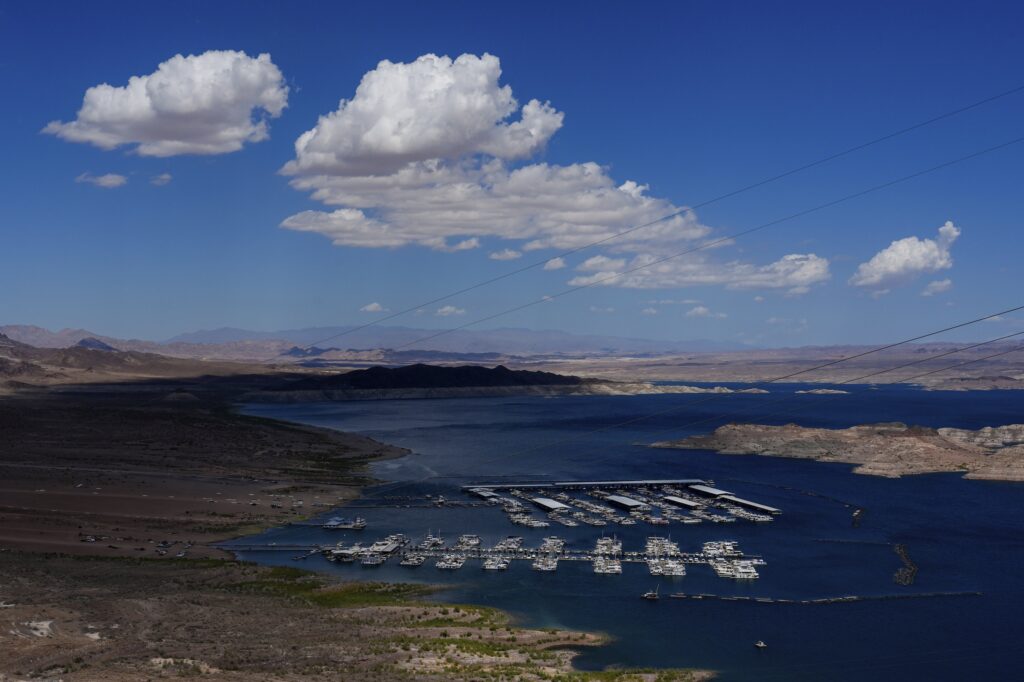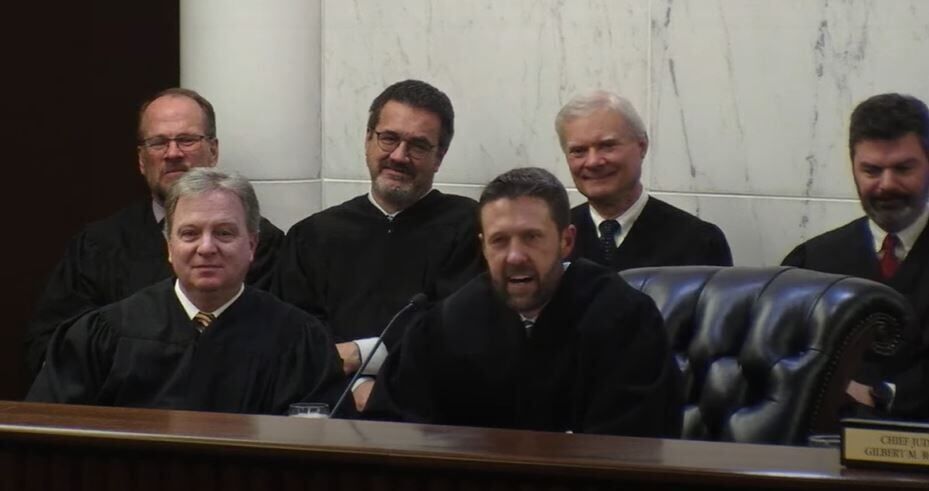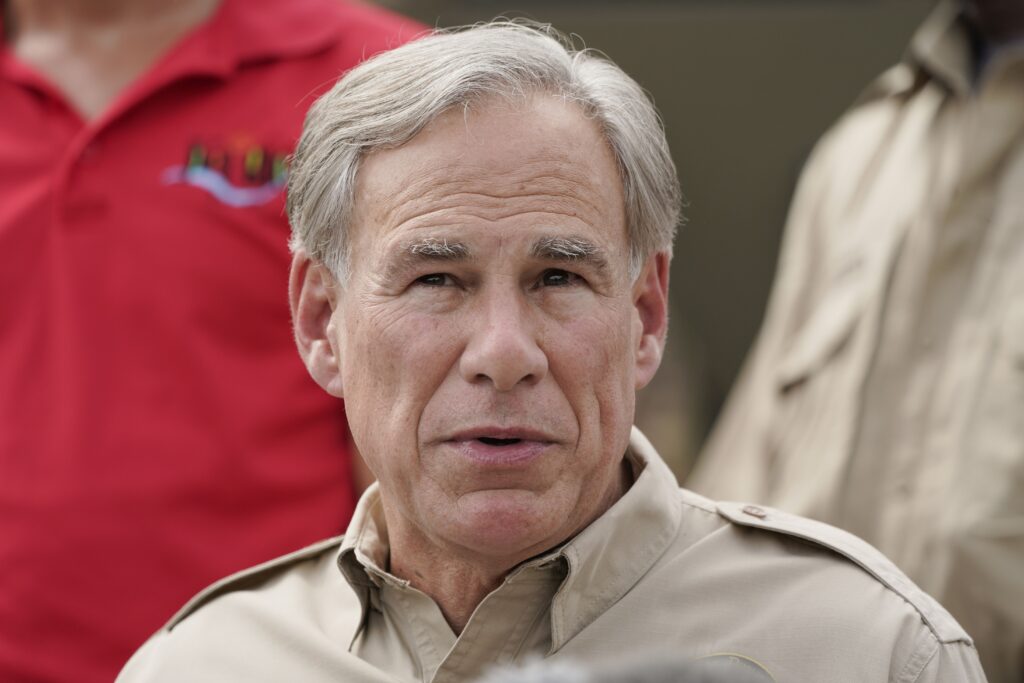New rules to save bird ruffles feathers
New federal land use regulations to protect a threatened bird species were met with mixed reviews on Thursday, as environmentalists praised the new rules while the oil and gas industry expressed concerns about potential economic impacts from drilling restrictions.
U.S. Interior Secretary Sally Jewell announced new protections for the greater sage grouse, a spiky-feathered and animated bird that inhabits western Colorado and other Western states. The species has dwindled in numbers over the years due in part to energy and mining development.
The Bureau of Land Management and the U.S. Forest Service will put in place new regulations that will cover 2 million acres of public lands, in an effort to save the bird from extinction.
It’s not just sage grouse that are impacted by deteriorating sagebrush. The BLM said more than 350 other species rely on sagebrush, including elk, mule deer and golden eagles.
The plan aims to conserve sagebrush landscape in the West, “which faces threats from fire, invasive species and encroaching development,” according to BLM officials.
“As land managers of two-thirds of greater sage-grouse habitat, we have a responsibility to take action that ensures a bright future for wildlife and a thriving western economy,” Jewell said in a statement.
The new regulations would restrict drilling in and around zones where the birds mate, in hopes of fostering a comfortable environment for the species to breed. Environmental groups say that’s important for a species that once numbered in the millions. Their current population is estimated between 200,000 and 500,000.
The birds are an attraction for tourists who travel to western states to see the birds’ flamboyant mating rituals.
“We’re supportive of this,” said Chris Arend, a spokesman for Conservation Colorado. “What this is doing is putting some meat on the bones in protecting the sage grouse. It provides some really concrete protections for the bird.”
The new regulations, combined with protections that have already been put in place by states like Colorado, is a sign that the birds may not be placed on the endangered species list.
Such a distinction, which the Interior Department is expected to make this fall, would place stricter rules on energy development in areas the birds inhabit.
Earlier this month, Gov. John Hickenlooper, fearful of what an endangered species listing could mean for the state’s booming energy economy, announced an executive order that put in place greater sage grouse protections.
Hickenlooper said through a statement that he is “cautiously optimistic” about the new land use plans. But he also said “state-led efforts are the best approach to protecting the greater sage grouse.”
“The federal agencies rely heavily on regulatory mandates, but Colorado has found that incentive-based approaches in combination with regulation are the most effective,” the governor said.
Hickenlooper’s desire to allow states more control in determining their own protections was echoed by Republican Sen. Cory Gardner, who blasted the federal plans as being a “top-down approach that ignores the work states have already done.”
Gardner – who has introduced legislation that would delay federal plans to give states time to craft their own – said the state has spent $62 million on sage grouse protection efforts and that Colorado’s approach to the issue has struck a balance between competing environmental and economic interests.
“These federal plans would have major negative economic impacts on states, communities, and jobs,” Gardner said through an emailed statement. “They would significantly hamper access to public lands for sportsmen and other recreational users.”However, several sportsmen groups issued a joint statement today praising the plans.
“The BLM should be commended for their work on these plans and today’s release is yet another step in the right direction for sage grouse, sagebrush ecosystems, and the stakeholders committed to balancing conservation with other uses of the land to achieve a positive outcome,” said Howard Vincent, president and CEO of Pheasants Forever and Quail Forever.
But Kathleen Sgamma of the Western Energy Alliance said the regulations could affect more than 18,000 oil and gas industry jobs and will have an economic impact of nearly $5 billion felt across Colorado, Montana, Utah and Wyoming.
“Oil and natural gas companies (have) committed to several hundred conservation efforts to protect the sage grouse and its natural habitat,” she said through a statement. “With these land use plan amendments based on flawed science, the federal agencies are discouraging more effective state-based conservation, to the detriment of the sage grouse.”
However, the BLM’s statement said any economic impact will be minimal.
“The vast majority of federal lands within the priority sage-grouse habitat have zero to low potential for oil and gas, solar, and wind energy development,” the agency’s release states.
– Twitter @VicVela1












